Simplicity Coimbatore, Cheeni puliyanga poriyal anyone ?
If you are one of those people who have seen the cheeni puliyanga fruit growing on the tree then you would understand how irresistible it is for a child to tug on those curly bunches and yank away. It’s an activity that’s firmly implanted in my grey cells of childhood fun.Not only have those kind of simple pleasures gotten rather few and far between with the present generation of children but one doesn’t really see much of these cheeni puliyanga trees anywhere around.
We must add it to our list of native saplings that need to be re-introduced into the environment. The colours and shape of this unique fruit is what instantly sets it apart.The several names that it’s known by are equally unusual. In the vernacular it’s also referred to as konnae puliyanga obviously due to the crooked sort of twists and bends that is characteristics of the shape.It’s also called Manila tamarind , monkey earrings ,devil’s necklace ,Camachile etc in other parts of the world.
During the month of May is when we in Coimbatore catch sight of the cheeni puliyanga vendors pushing their carts with the fruit piled high in conical fashion,in the middle. A quarter kilo of fruit comes to a generous handful and makes for a quick snack that needs to just be peeled and eaten. The puliyanga or tamarind inference is probably due to the similar looking black shiny seeds that are found inside the tamarind and the fact that the it’s encase in a similar bumpy pod like exterior.Like the tamarind seeds these too are used for craft to fashion costume jewellery.
Among the many flavours that we in the South of India are exposed to ,this one is greatly acquired.The sweet almost leathery flesh leaves a sharp astringency on the tongue that one learns to appreciate when exposed to from a very young age.While I ate it raw for the most part , I have also eaten it in cooked form.
Other than my at an aunt’s home I haven’t really heard of people adding the cheeni puliyanga to any particular cuisine.Even when I mentioned it to my foodie friends they were most surprised.As cousins we sit down to a wholesome seasonal lunch of this poriyal to go alongside other South Indian staples and we would eat away happily without subjecting the elders to any food tantrum (the fact that we may have had to starve if we even dared to is another story altogether 😉 ) Sadly our uncle and aunt (a few days ago!) have passed on but those memories can never be taken away from any of us !
What the cheeni puliyanga does have in common with the other seasonal summer ingredients is that it’s high in Vitamin C. Having made that connect I’m guessing that we need to have a healthy intake of of this particular vitamin in order to stay well during this hot period.
It’s also said to be a great source of Vitamins E (anti-aging) and B,B1,B2 (skin ,nails and hair) It contains good doses of calcium and iron.This is the best time of year to reap all of these health benefits from the cheeni puliyanaga.
The fruit is very easy to clean and cook.The pale pinkish white kernels come away easily from the seed and need no chopping.The fresh flavours are perfect for cooking in cold pressed coconut oil.The flavours are clean and simple.A regular poriyal made with small onions , green chillies, mustard seeds and curry leaves is enough to highlight the taste of the cheeni puliyanga.A sprinkling of freshly grated coconut at the end is a must to cover up that astringent bite which the very young fruit have.The more pink the flesh is ,the riper it is which adds to the sweetness.I love it as an accompaniment to my rasam rice with a side of vadagam…sweet, sour and crunch…typical of a South Indian meal.
With all of us turning to native foods to promote a healthy working of the body,the best way to do it is to turn to our local vendors. It’s not easy to constantly remember which food is high in what minerals or vitamins but what we can do is to keep our senses tuned to the offerings of the season.It’s a foolproof formula to ensure a varied richness in your daily diet !

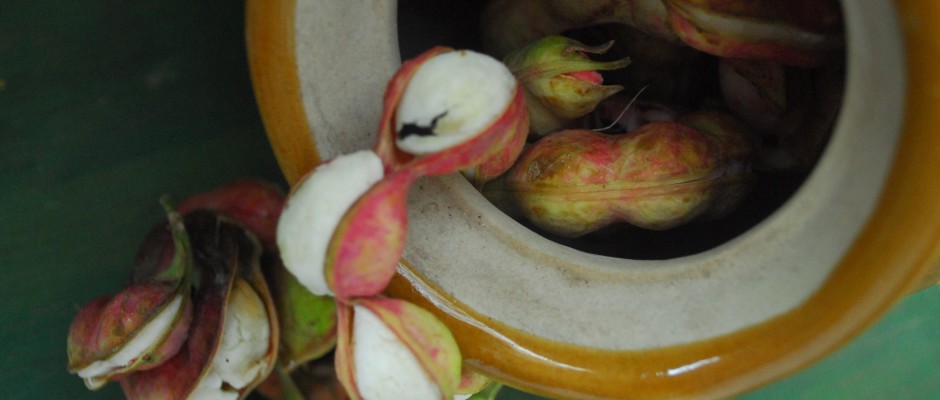
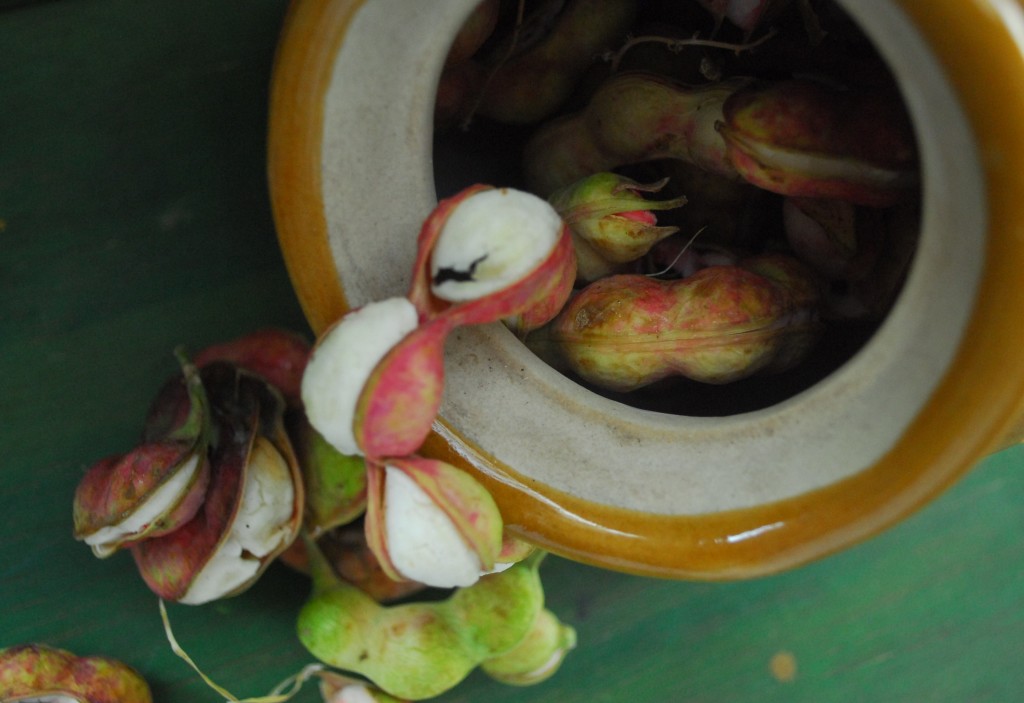
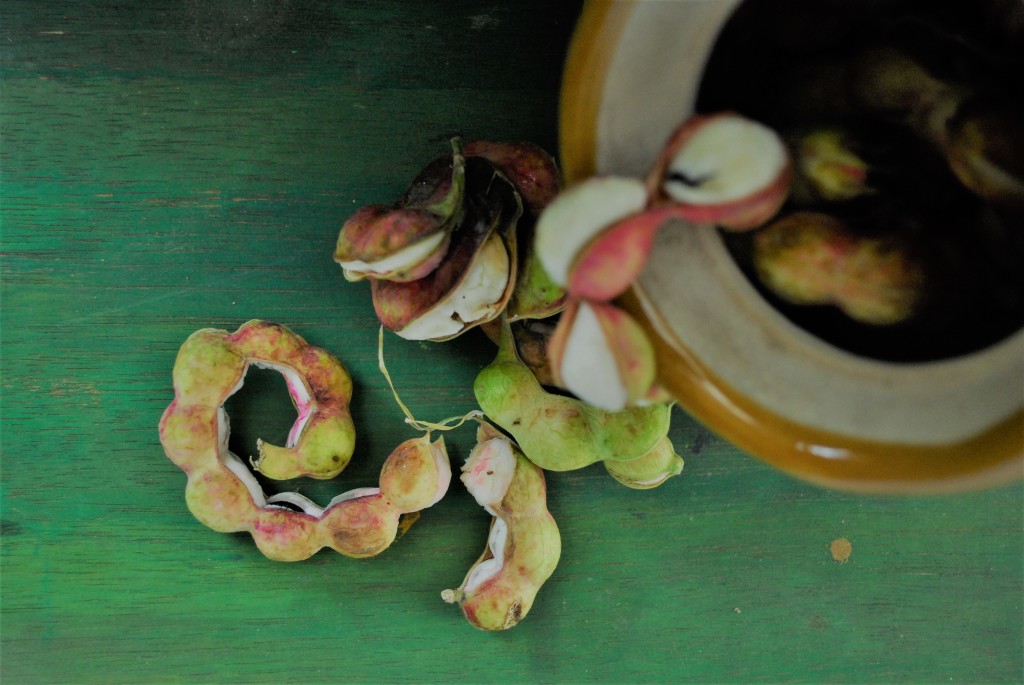
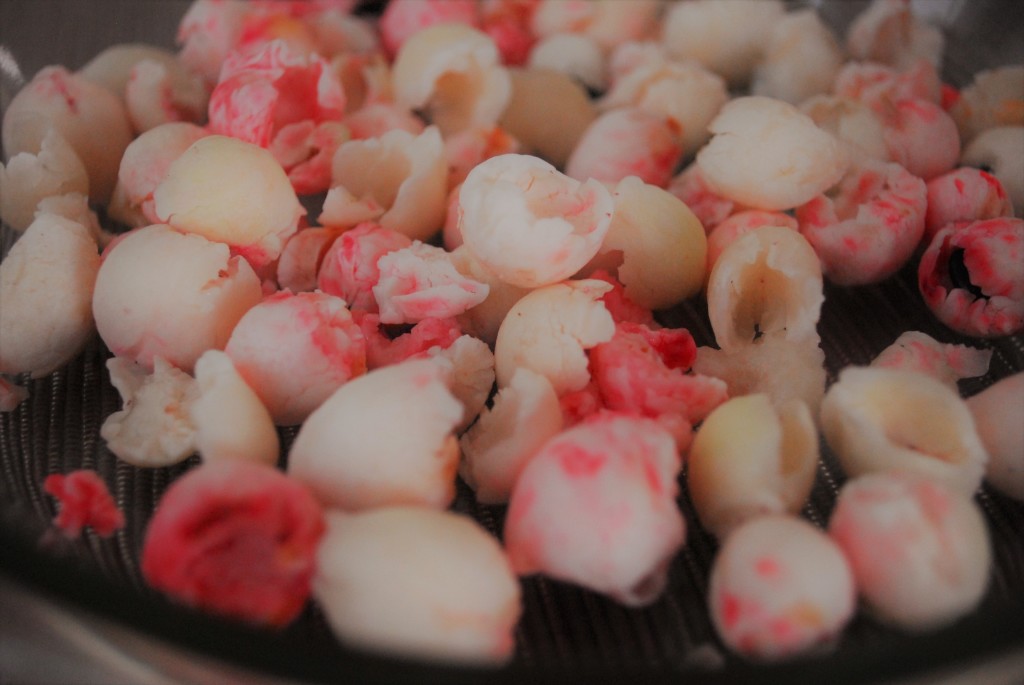
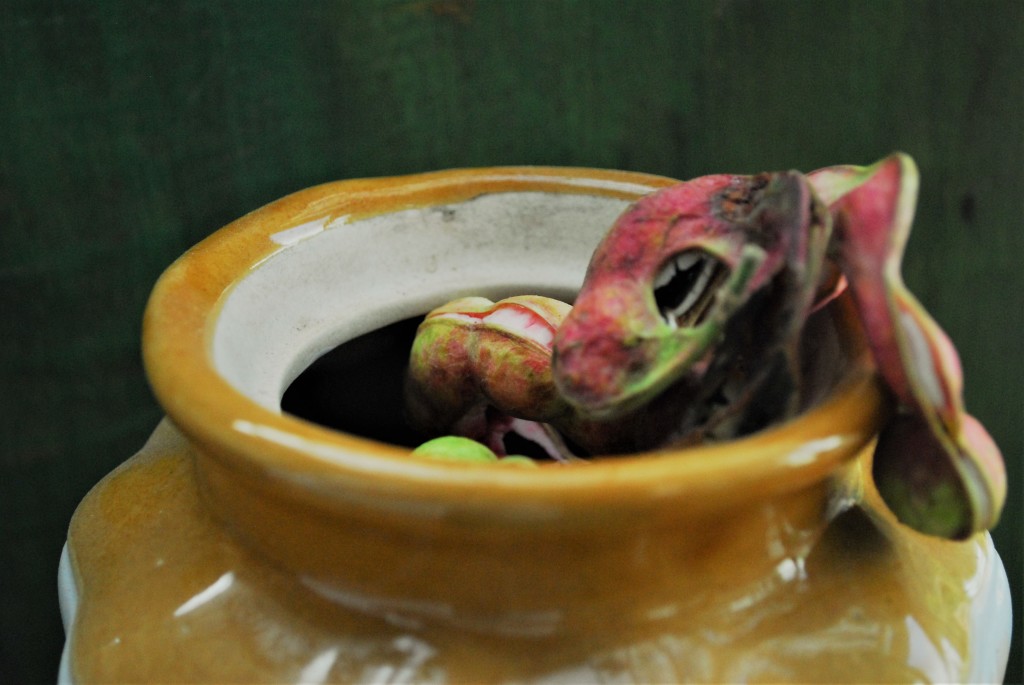
Nice Articles !! I Love This fruits !!
Many thanks !